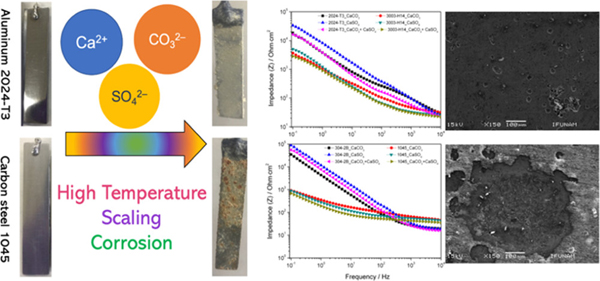
Steel is a vital material in various industries, including construction, automotive, and manufacturing. Its properties can be tailored through the addition of various alloying elements. One such element, calcium, has gained attention for its unique effects on steel properties. This article delves into the impact of calcium on steel properties, exploring its benefits and limitations in enhancing steel's performance.
Deoxidation and Inclusion Modification: Calcium is primarily added to steel as a deoxidizing agent. During steel production, oxygen can react with molten steel, forming undesirable oxides that weaken the material. Calcium reacts with these oxides to form calcium oxide (CaO) and calcium silicate (CaSiO3) compounds. These compounds are more stable and can be effectively removed from the steel, leading to cleaner and more homogeneous steel with improved mechanical properties.

Calcium's presence in steel can lead to grain refinement during solidification. Fine-grained structures enhance steel's mechanical properties, making it stronger and more resistant to fatigue and fractures. The addition of calcium promotes the formation of fine-grained structures, resulting in improved overall strength.
Inclusion of calcium in steel also plays a role in controlling the shape and distribution of sulfide inclusions. Sulfides can cause brittleness in steel, reducing its toughness and ductility. Calcium modifies sulfides, changing their morphology from elongated to more globular shapes. This alteration minimizes their negative impact on mechanical properties, enhancing steel's overall performance.
Calcium-treated steel has shown improved machinability due to the modification of inclusions. These modified inclusions can act as chip breakers during machining, resulting in better surface finish and reduced tool wear. This makes calcium-treated steel particularly suitable for applications that require extensive machining processes.
While calcium offers numerous benefits to steel properties, it's important to acknowledge its limitations. Excessive calcium addition can lead to issues such as clogging of nozzles during continuous casting processes, which affects production efficiency. Additionally, calcium-treated steel may have reduced weldability, as the modified inclusions can cause cracking during welding.
The addition of calcium to steel has a significant impact on its properties, ranging from deoxidation and inclusion modification to grain refinement and improved machinability. This alloying element contributes to the production of cleaner, stronger, and more homogeneous steel with enhanced mechanical performance. However, careful consideration is necessary to strike a balance between the benefits of calcium and its potential drawbacks, such as reduced weldability and production challenges. As steel continues to be a cornerstone material across industries, the exploration of alloying elements like calcium remains essential for pushing the boundaries of steel's capabilities.

Write a Message